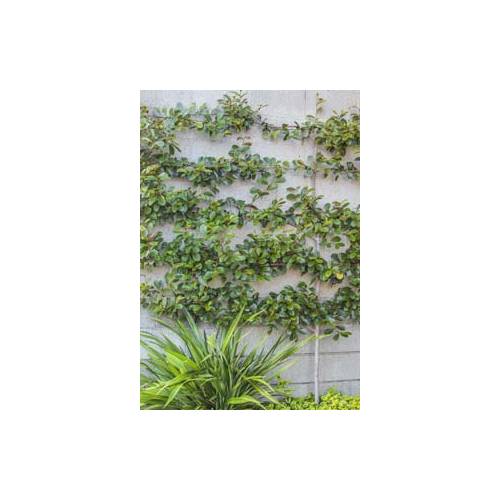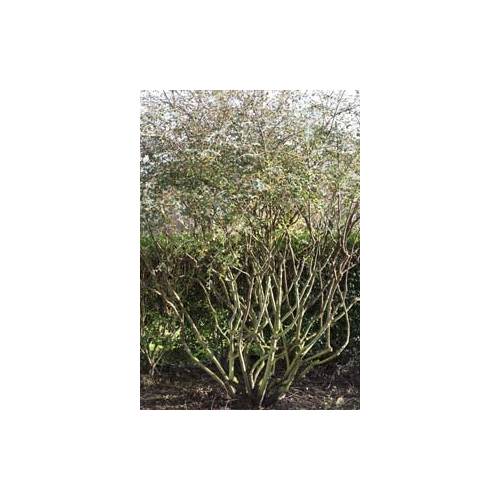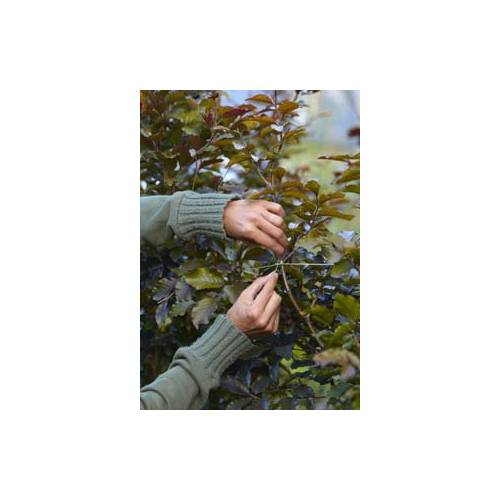
Garden decoration
Optimize Trees
- Details
-
Maximise the available space in using professional's tips. You will have the feeling of having a greener, bigger garden even in town.
Train completely Covering a wall with a tree is possible as this method is not solely intended for climbers. First of all, you must place threads spaced out 25cm (in height as well as width) on the area that needs covering. A wooden trellis is also suitable to train a tree.
The secret of training
It stands in the regularity of the training's operations. Act as soon as the young shoots have grown 10cm since the last intervention. It is easier to guide a young shoot along the wall. If you wait too long, you will have to bend a long branch which is more difficult as the wood of some shrubs breaks when older, like for Euonymus, while it is very supple when young. Fasten the shoots with a discreet, supple tie. By acting regularly, you will give your tree the wished shape.
The right varieties
A lot of varieties can be easily trained such as the Magnolias, Fig trees, fruiting trees (except the Cherry tree), the flowering Quince, the Pyracantha, etc. In theory all trees can be trained against a wall. In practice, the varieties which have hard, breakable wood like the Ginkgo are difficult to train.
Prefer compact varieties
Columnar-shaped trees (also called fastigiated) or trees which grow in a dwarf-shape (compared to their big size in their natural habitat) take up less space while offering all the advantages of big trees. However the range is not very extensive.
Have a go at the 'transparency' pruning
This method consists in pruning the shrub's lower parts, to clear its base and let the light go through. The low branches which spread horizontally are cut up to 1.2m in height (approximately) and parts of the branches are removed if they are very dense. The base of the shrub is then thinner and the structure of the branches is seen. Cotoneasters, Photinias, Euonymus and plenty of other shrubs suit this pruning method. Prune when the shrub is resting or when it is about to start growing again. Do not hesitate to take a few steps backward to take a good look at the branches and see the ones which need removing.
Think thin!
To create a screen as thin as possible, plait the branches together or fasten them with raffia. You can then get a dense hedge only 10cm thick. However, you must fasten the branches regularly, as soon as the young shoots get to 15cm in length. Prune thoroughly all the shoots and regrowth which are growing away from the wall: this technic requires attentive follow up but the finish is really worth it if you can spare a few moments each week to this task. - Photos (4)




